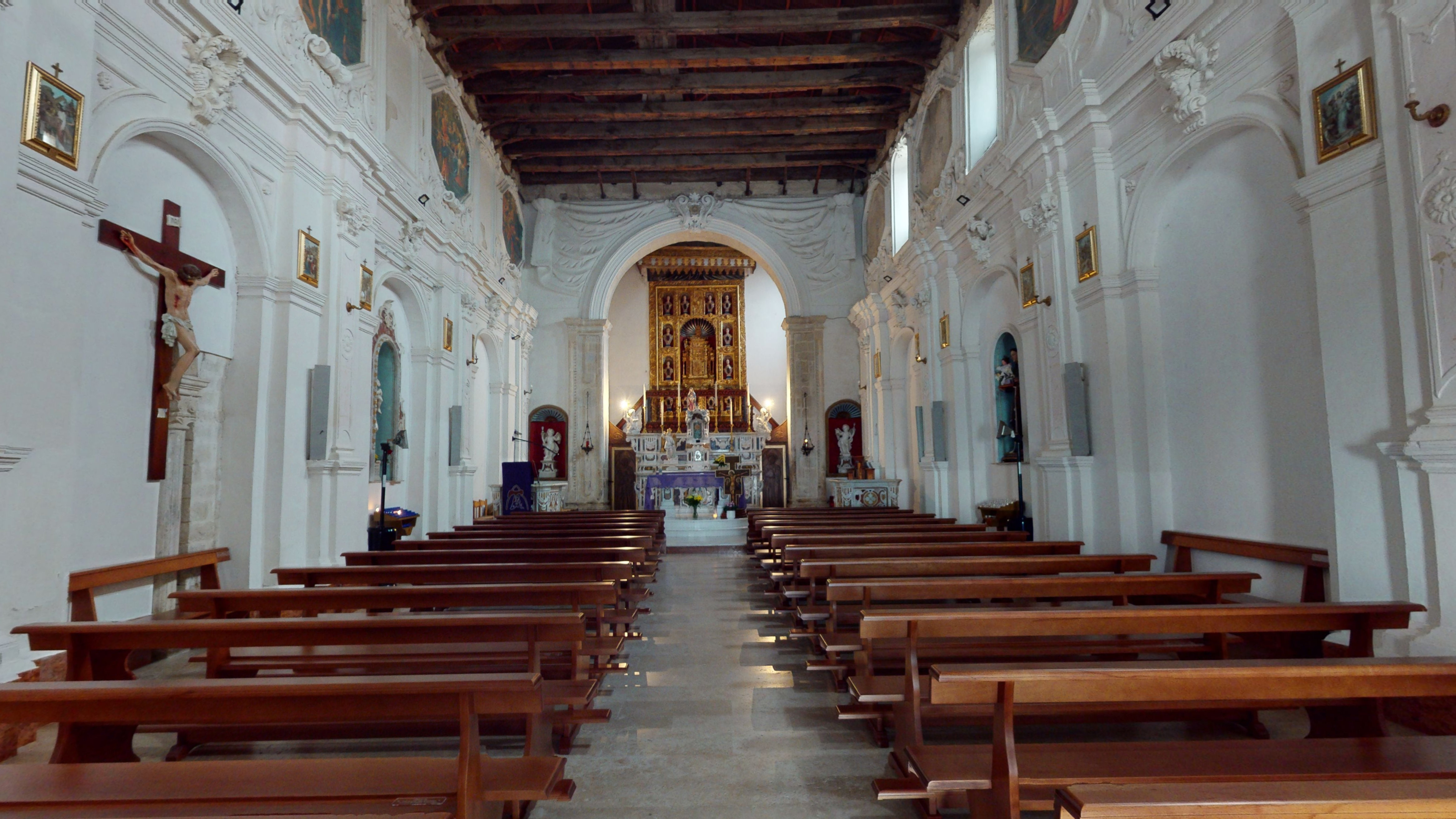The Path of the Holy Thorn
The Way of the Holy Thorn, in Petilia Policastro (KR), is the itinerary that combines devotion, art and nature

Jubilee 2025
Cammino Santa Spina, Petilia Policastro - Regione Calabria
The Way of the Holy Thorn is the religious itinerary created around the Shrine of the same name in the municipality of Petilia Policastro, in the province of Crotone.
Founded as a Convent of Franciscan Friars Minor in 1320, the present Shrine of the Holy Thorn preserves the relic that tradition has it that belonged to Jesus' crown of thorns.
The great devotion around this place has generated a heartfelt pilgrimage over the years, turning it into a true place of faith in Calabria.
Let us discover all the stages of the journey and what to see in and around Petilia Policastro.
Way of the Holy Thorn: what it is and how it came about
The Shrine of the Holy Thorn, in Petilia Policastro, was built in its present form in 1523, on the former convent of the Franciscan order.
To this date is ascribed, in fact, the arrival of a very important relic: the Holy Thorn of Jesus' crown. Immediately there was great popular devotion, with pilgrimages of the faithful leaving from Petilia and the entire province of Crotone to go in prayer in the presence of the relic.
The history of the Holy Thorn, however, is earlier: it was donated in 1498 by Joan of Valois, Queen of France and wife of Louis XII, to her personal confessor, Father Dionisio Sacco, who, after various vicissitudes, brought it to the Franciscan convent of Petilia Policastro.
The church, built in the 17th century, stands on high ground a few kilometres from the town centre. It is a monumental, nave-shaped building with a Baroque altar. Inside, there are some important works of art: a painting of the Virgin by Guido Reni, a Deposition by Mattia Preti and a ceiling entirely painted by artists of the Neapolitan school.
The Procession of the Holy Thorn, linked to the annual festivities, takes place every second Friday in March and involves a re-enactment in costume across the ancient 16th-century bridge, built precisely to facilitate the passage.
The pilgrimage, now known as the Way of the Holy Thorn, has evolved over the centuries with its own rituals and traditions, which see the faithful walk it barefoot, sometimes tied in ropes, as was once done.
From the ancient pilgrimage came the current path, frequented at all times of the year and articulated in fascinating stages through the centre of Petilia and its territory.

Way of the Holy Thorn: the stages
The Way of the Holy Thorn pays homage to the first popular procession, which according to tradition took place in 1763 following a terrible drought.
The route is about 4 km long, fairly easy and suitable for everyone. Only the last stretch may prove to be slightly more challenging, as it descends into the Soleo Valley and then ascends slightly.
The itinerary is fully signposted and has support services along the way: picnic areas, information points, welcome centres, information, assistance and refreshment points.
The stages that make up the Way of the Holy Thorn begin at the Church of St Francis, then pass through:
- Church of San Nicola Pontefice (Mother Church)
- Church of the Annunziata
- Church of Santa Maria Maggiore
- Oratory
- Shrine of the Holy Thorn
The itinerary makes stops at a number of valuable buildings, which are worth a visit in and around the historic centre:
- Ferrari Palace
- Vallone Palace
- Eagle Palace
- Portiglia Palace
Along the Way of the Holy Thorn are 14 votive icons of the Way of the Cross. The path crosses the Soleo Valley, the ancient Roman stone bridge and part of the Sila Piccola wood.

https://calabriastraordinaria.it/en/news/the-path-of-the-holy-thorn




